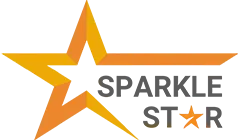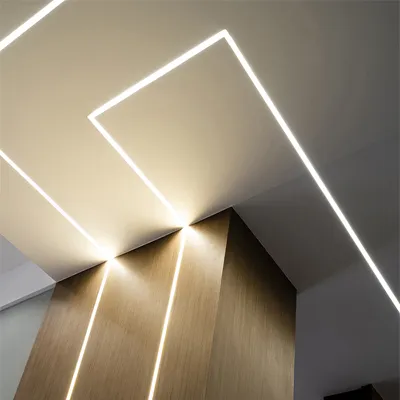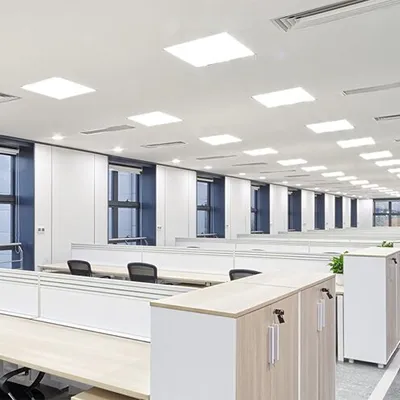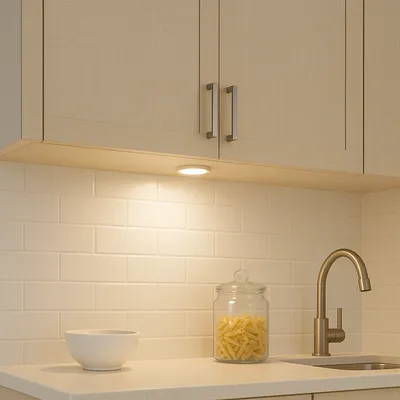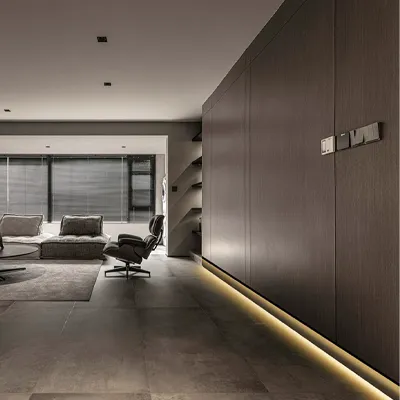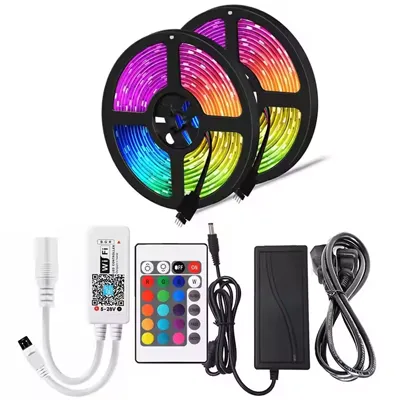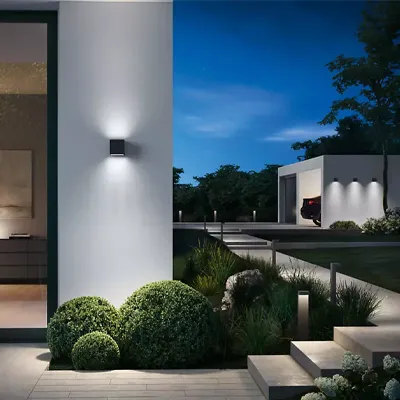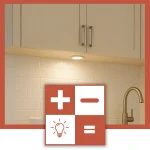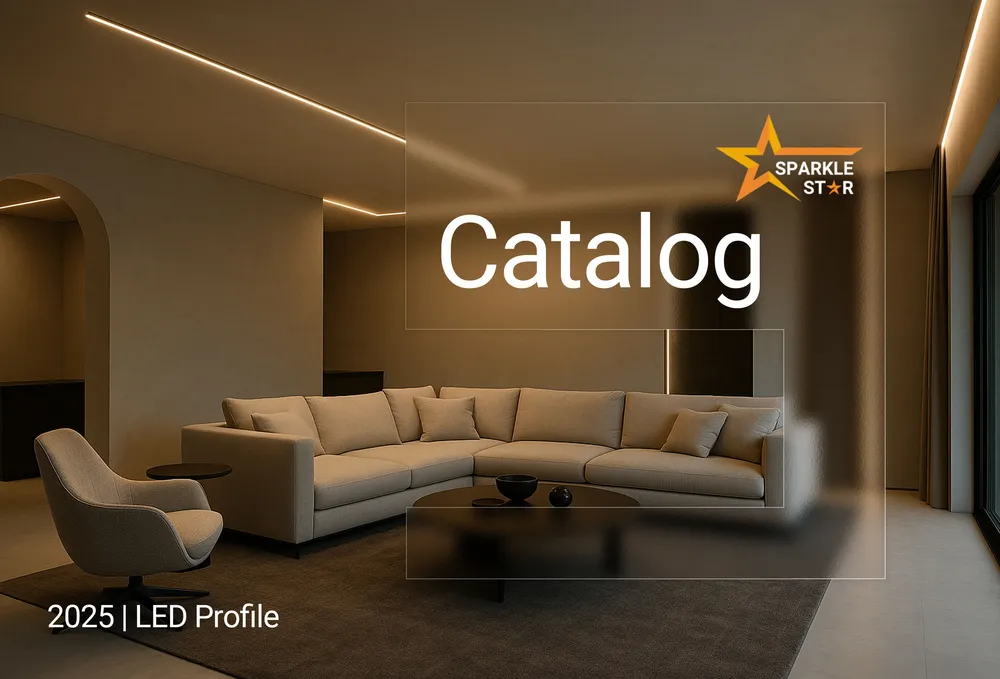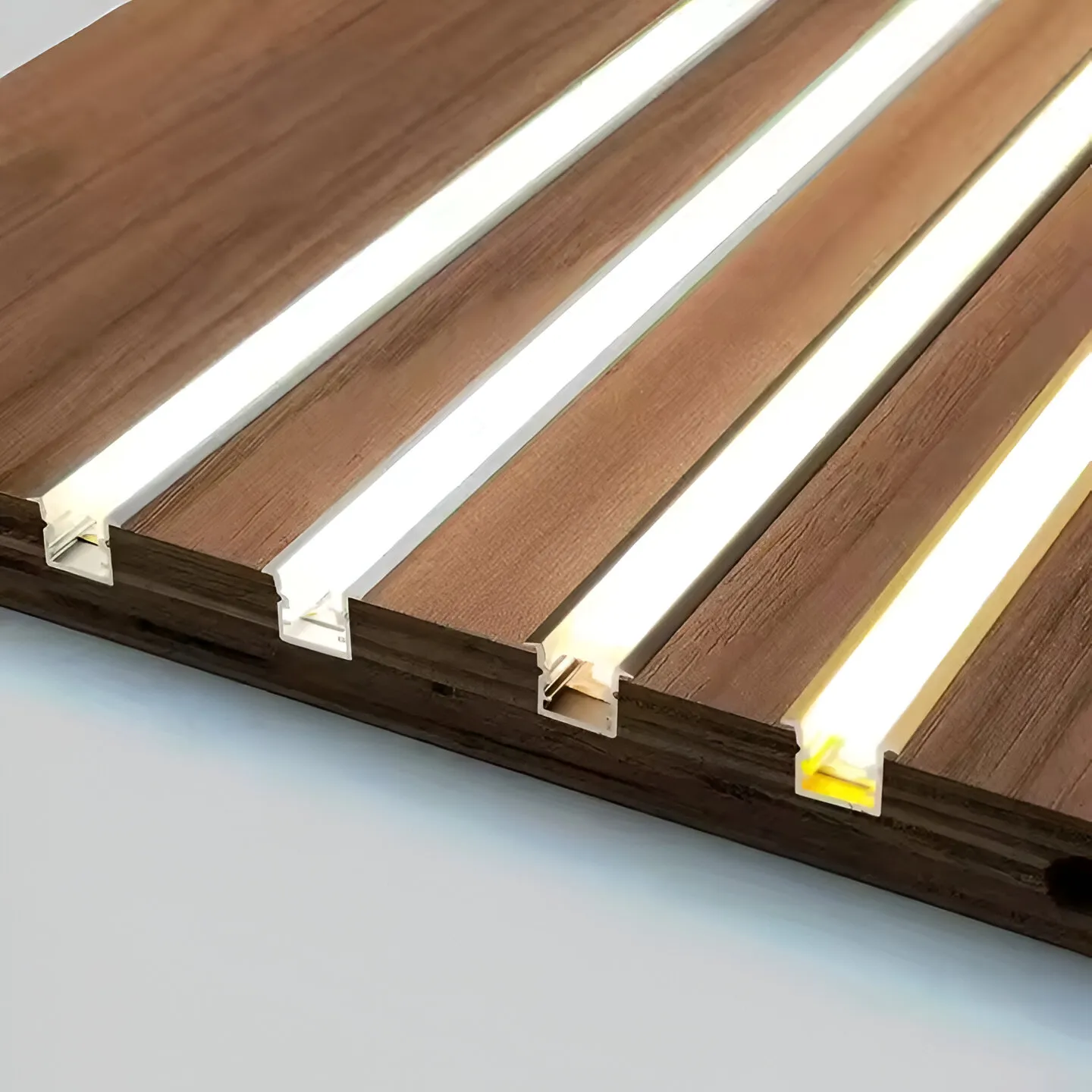
This guide answers a simple question: why are the 1707 and 1710 profiles so common in our industry? We'll break down how each one works and where they should be used, so you can choose the right profile for your project. Think of them as two different tools. Using the right one is key to a professional job, while using the wrong one leads to problems. Let's make sure you get it right, every time.
What is an LED profile?
An LED profile is the aluminum channel that houses an LED strip. It’s the metal track that turns a flexible strip of lights into a rigid, protected, and finished linear fixture.
Why use an LED profile?
Mounting a bare LED strip directly to a surface is a common cause of failure. The strip will overheat, its diodes are exposed to damage, and it looks unfinished. Using a profile isn't just for looks; it's a requirement for a reliable, long-lasting installation. It solves all of these problems by providing a solid structure that protects the LED, dissipates heat, and creates the clean look expected in any professional project.
What to know about the 1707 profile
This is the profile you see everywhere, and for good reason. It’s the industry’s default choice for most general-purpose jobs.
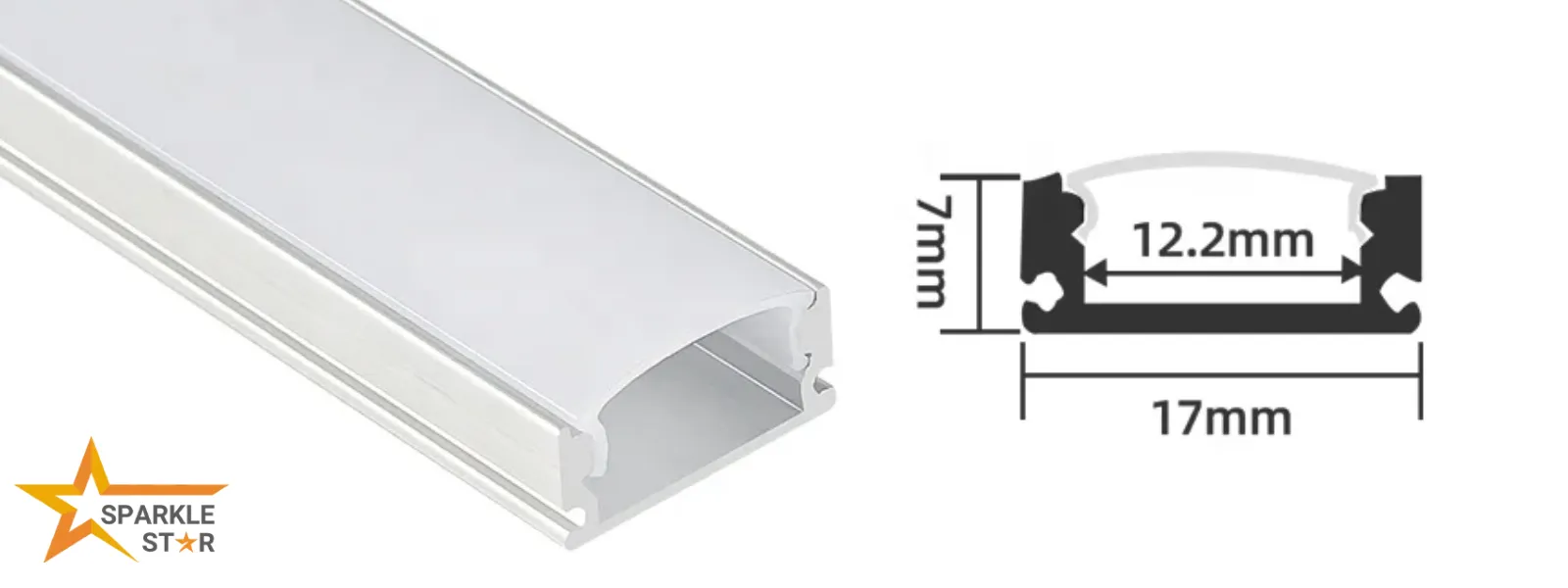
Key features and dimensions
The main feature of the 1707 is its size: about 17mm wide and only 7mm high. This low profile is its biggest advantage, as it’s designed to be hidden. When installed correctly under a cabinet lip or in a small cove, you see the light, not the fixture.
Common applications
The 1707 has become the standard for under-cabinet lighting. It’s also the go-to choice for most retrofit projects because it’s affordable and easy to install on existing surfaces without major work. You’ll find it widely used for adding light to furniture, retail displays, and shelving, or tucked into narrow architectural coves for indirect light.
Performance limitations
But its small size also creates limitations. Because the channel is so shallow, the individual LED dots can sometimes be visible through the diffuser cover, creating a "spotty" look. It also has less aluminum mass, so it’s not the best choice for high-power LED strips (typically over 15W/m) that generate a lot of heat.
What to know about the 1710 profile
When the 1707 isn't quite enough for the job, you turn to the 1710. Think of it as the high-performance alternative for when the final look and technical reliability are top priorities.
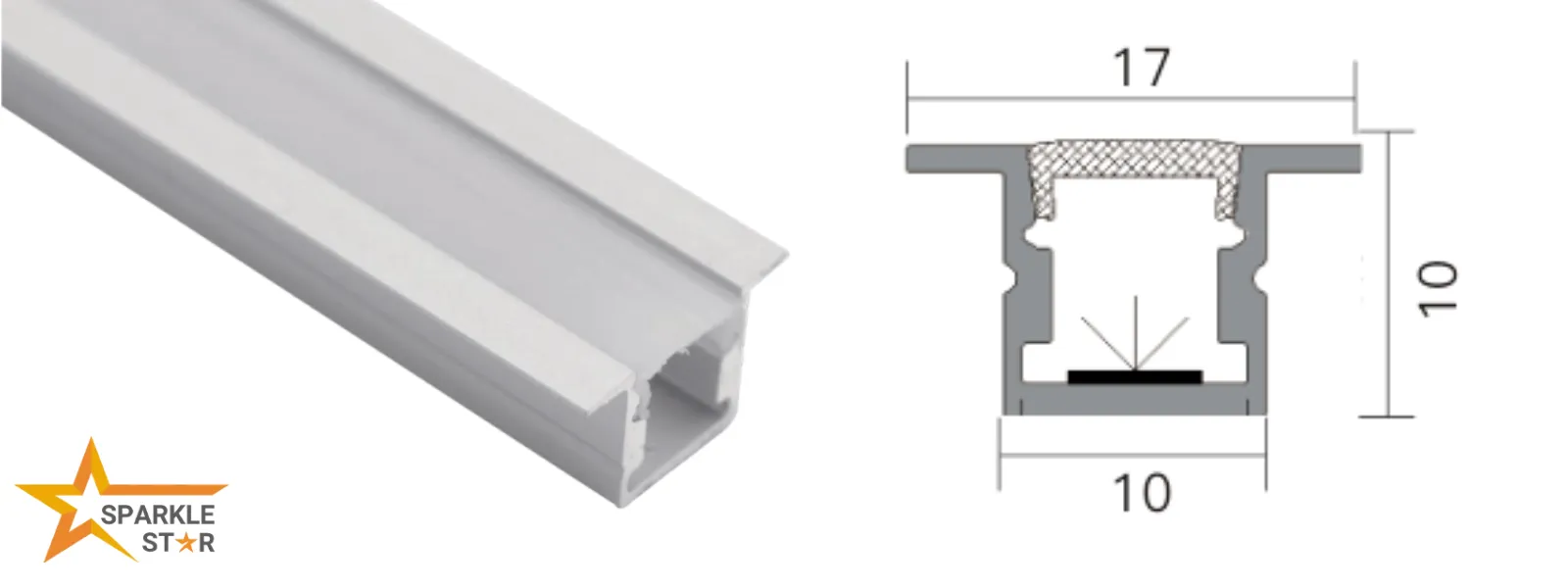
Key features and dimensions
The 1710 profile shares a similar width but is significantly taller, usually 10mm to 15mm high. That extra depth isn't for looks; it's there for a reason. It was designed specifically to fix the two main drawbacks of the shallower 1707.
Specialized applications
This makes it the right choice for more demanding projects. You use the 1710 when the light fixture itself is a visible part of the design, when you absolutely need a perfectly smooth, "dot-free" line of light, or when you're using powerful LED strips for primary room illumination.
Performance advantages
That deeper channel gives the light from each diode more space to mix before it hits the diffuser, which is how you get that flawless, uniform glow. And the extra aluminum mass makes it a much more effective heat sink, ensuring high-power LEDs run cooler and last longer, preventing premature failure.
How to compare the 1707 and 1710
So, how do you choose the right one for the job? The decision gets simple when you put them side-by-side and understand what each was designed to do.
Compare key specifications
The easiest way to see the difference is to look at their core specs. While they can handle the same LED strips, they are built for entirely different outcomes. We've broken down their key attributes below:
Specification | 1707 Profile | 1710 Profile |
|---|---|---|
Primary Goal | Discretion & Versatility | Performance & Aesthetics |
Light Quality | Good; risk of "spotting" | Excellent; designed for a "dot-free" look |
Heat Handling | Standard (for strips <15W/m) | High (for strips >15W/m) |
Best For | Retrofits, hidden applications | Visible fixtures, high-end projects |
Mounting | Easy surface mounting | Surface or planned recessed mounting |
Cost | Lower | Higher |
Understand the role of the diffuser
The plastic cover on the profile is called a diffuser, and it plays a huge role in the final look. An opal (milky) diffuser is best for creating a smooth, dot-free light, but it also slightly reduces brightness.
This is where the 1710's depth makes a real difference. That extra space allows the light to fully blend before hitting the diffuser, giving you that perfect, uniform line of light without a major drop in brightness. With the shallow 1707, an opal diffuser has to work much harder to smooth out the light, and you may not get the same flawless result.
When to use the 1707
Use the 1707 profile when:
- Your main priorities are keeping costs down and getting the job done fast.
- You're working on a retrofit and cannot cut into existing surfaces.
- The profile will be hidden from direct view, like under a cabinet or in a cove.
- You're using standard-power LED strips for accent lighting, not for primary room illumination.
When to use the 1710
Use the 1710 profile when:
- A perfectly smooth, "dot-free" line of light is a non-negotiable part of the design.
- The light fixture itself will be visible and needs to look perfect.
- You need to use high-power LED strips for bright, functional lighting.
- The project allows for recessed installation, which is planned from the start.
Key takeaways
- The 1707 is your standard, everyday profile. It’s what you grab for most jobs where you can tuck it out of sight and need to keep costs reasonable.
- You reach for the 1710 when the fixture itself has to look perfect. It's for getting that clean, seamless line of light, and for handling the serious heat from high-power strips so they don't burn out.
- This isn't about one being better than the other. It's about professional work. Using the right tool for the job is what separates a quick fix from an installation that looks great and lasts for years.
Frequently Asked Questions
Can I get a dot-free look with a 1707 profile?
Yes, but it requires specific components. To minimize spotting in a shallow 1707 profile, you must use an LED strip with a very high diode density (at least 120 LEDs/meter or more) combined with a high-quality opal diffuser. Even then, on some surfaces, a very faint scalloping may be visible up close.
How do COB strips affect the choice between 1707 and 1710?
COB (Chip-on-Board) strips produce a naturally dot-free line of light, which means you can achieve a seamless look even in a shallow 1707 profile. However, the choice still matters for heat. If you are using a high-power COB strip, the larger 1710 profile is still the better choice for its superior heat dissipation, which is critical for the strip's longevity.
What is the best way to handle corners with these profiles?
For a clean 90-degree corner, the most professional method is to miter cut the two profile pieces at a 45-degree angle. This allows the light source to be nearly continuous through the turn. Alternatively, some manufacturers offer pre-made plastic corner connectors, but these often create a small unlit gap at the joint.
Which profile and diffuser combination gives the most light output?
For maximum brightness, use any profile with a clear diffuser cover. A clear cover allows the most light to pass through (over 95%) but offers no diffusion, meaning the individual LED dots will be clearly visible. This setup is only suitable for indirect applications where the fixture itself is completely hidden from view.
Are there other profile sizes besides 1707 and 1710?
Yes, hundreds of sizes exist for different applications, from ultra-slim to extra-wide. However, the 1707 and 1710 are by far the most common in the industry because they cover the vast majority of everyday and high-performance needs for standard-width (8-12mm) LED strips.
